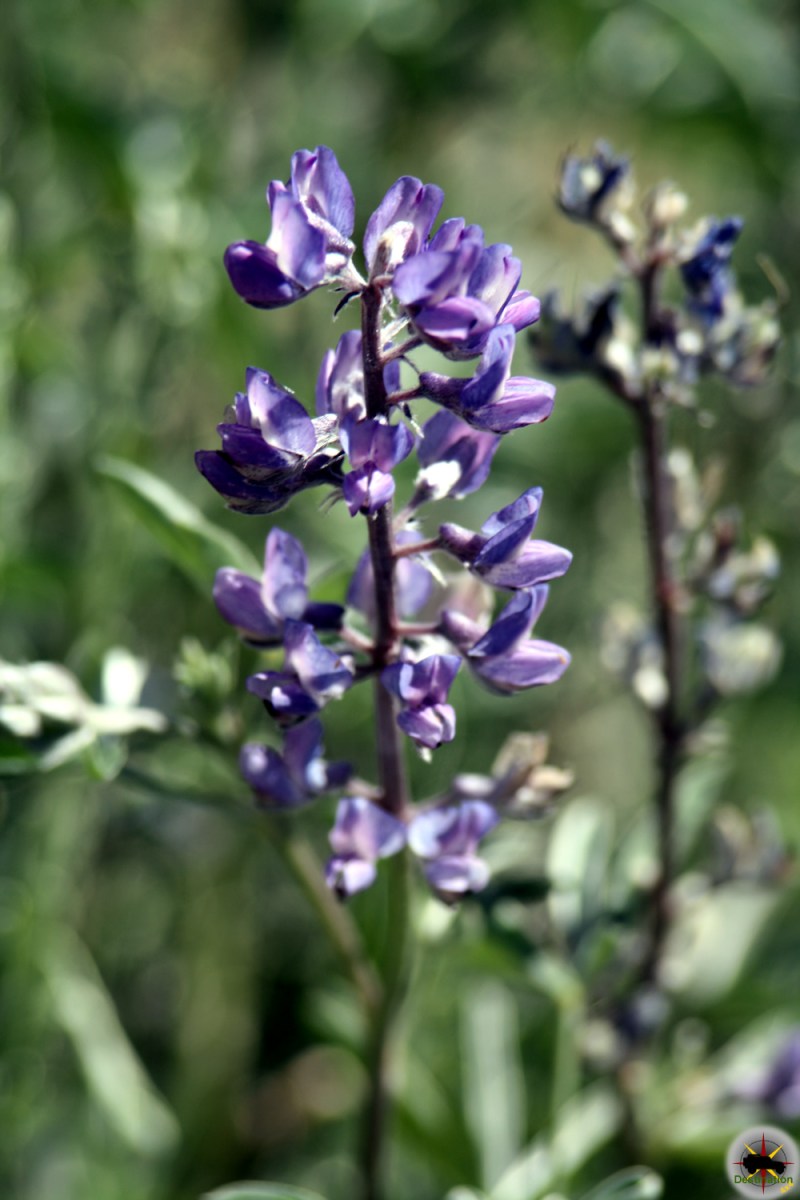The Giant Red Indian Paintbrush or Indian Paintbrush (Castilleja miniata) is a wildflower and perennial which is quite common in the western United States, including California, Nevada and Utah. The genus Castilleja contains about 200 species of hemiparasitic wildlowers.

The plant is known to grow between 1.5 and 3 feet tall and their stems may be unbranded of semi-branched. The flower cluster of the plant is said to resemble a paintbrush which gives the plant its common name. The bracts beneath the flower are known to be brightly colored and may be a bright orange, pink or a crimson red. Typically the paint brush will bloom May through Sepetember, however this event is subject to environmental conditions such as altitude and water availability.
The paint brush generally prefers sunlight and moist well drained soils. The root system will connect with and grow into the root system of other planets to harvest nutrients from the host plant. For this reason, they are no able to be transplanted easily.
Native American tribes are known to consume the edible flowers of the paintbrush. The selenium rich flowers were also used as a hair wash by the Ojibwe people. The Owls Clover is a member of the same genus as the Indian Paintbrush.
Wikipedia article of Castilleja.




